Post by Principal Dancer Deanna Seay
I think that Sonatine is one of my favorite ballets to dance. Set to Maurice Ravel’s Sonatine for Piano, the dancing in this pas de deux is subtle and conversational. There is a perfume of intimate delicacy that pervades the atmosphere in Sonatine as the two dancers, dressed in elegant navy blue, enter the stage. Except that it is not a stage that they are entering; it is the arena for an experience to be shared between the dancers, a pianist, and whoever else may be in the vicinity. After initially listening to the sounds emanating from the piano, the dancers’ movements begin to describe the music. The genius of the beginning lies in the fact that the dancers direct their attention to the piano as the first theme is introduced. By the time that theme is heard again, the choreography has embraced the imagination in the score, with the steps performed by the dancers bringing new musical nuances to life. As the piece progresses through the contemplative middle section into the exciting final movement, it is possible to see that the dancers have illustrated the musical journey on which Ravel sent the listener. What began as a quiet, intimate composition, with the dancers constantly close to each other for support, moves on to introduce new moods and different energies before concluding at the opposite end of either a musical or dance spectrum: energetic, explosive, and expansive.
When we first prepared Sonatine, Violette Verdy and Jean-Pierre Bonnefous came to help stage and coach the work. They originated this pas de deux, which was created for New York City Ballet’s Ravel Festival in 1975. As I learned the steps, it became clear that with this ballet, Balanchine had created a portrait of these two dancers. The sequences created for Violette are intelligent, witty and sublimely musical; and by incorporating steps that are not entirely conventional, it is possible to see Violette’s sense of humor and imagination, too. It could have been easy for me to impose these ideas onto the choreography, though, as I had known Violette for a long time. However, I had never met Jean-Pierre before, but having studied a video of Sonatine for several days prior to their arrival, I was not surprised that he had a big, masculine presence and shared much of the same wit, refinement and intelligence as Violette.
Even though it has been ten years since I worked with Jean-Pierre and Violette on Sonatine, their memories still replay in my head. Violette’s comparisons between ballet and food are priceless, and while I can’t remember specifics, I am sure that she mentioned “whipped cream” more than once. I also fondly remember her attention to costume details; according to Violette, the best way to determine the length of a skirt is to have the ballerina stand on pointe in costume before trimming the edge. This way, it is possible to find the best overall proportion of lower leg, skirt length and bodice. Jean-Pierre worked primarily with the men, and he pushed them to find their own nuance throughout the work. He described one section of the male solo as “improvisation,” and allowed each man to create his own sequence of steps for this section.
Remembering my own coaching sessions in Sonatine also helps me find my way when trying to coach other dancers myself. For this Open Barre series, I was assigned to assist the dancers with Flower Festival Pas de Deux. There are many challenges that come with teaching a ballet to other dancers. For instance, once the steps are taught, how do I help them to look their best? How do I provide them with an accurate representation of the style? How do I push them to overcome whatever technical difficulties there might be? How do I convey the image I see in my mind, and how do I encourage them to push beyond the limits they may have set for themselves? I find myself often telling stories to the dancers I am working with, as I try to describe the origin of the idea I am trying to convey. These stories, in the case of Flower Festival, often come from my own experience dancing this ballet many years ago, as I try to remember the details I learned from Edward back then. So, it is a welcome relief when Edward comes into these rehearsals; I try to learn from him which details to look for, and how to communicate those details so clearly. Listening to him as he explains technical and artistic nuances, I am often amazed by his ability to identify problems and offer the simplest of solutions. Towards the end of Flower Festival, there is a sequence of hops during which the girl hangs on to the boy’s shoulder as he propels them both around to face the next direction. When the dancers seemed awkward attempting this sequence, Edward merely pointed out that they were initially too close together, and that the man needs to “duck” underneath the woman’s arm. “That was from Stanley,” he said, referring to Stanley Williams, the former School of American Ballet teacher who brought his Bournonville background to Balanchine’s company. With such depth of knowledge and experience as an example, I try to absorb as much as I can from him when he is in rehearsal so that I might be at least somewhat as helpful as he, but most often I just find myself happy that he is here to share these things himself.

Deanna Seay and Didier Bramaz in Sonatine. Choreography by George Balanchine. © The George Balanchine Trust. Photo by Joe Gato.


